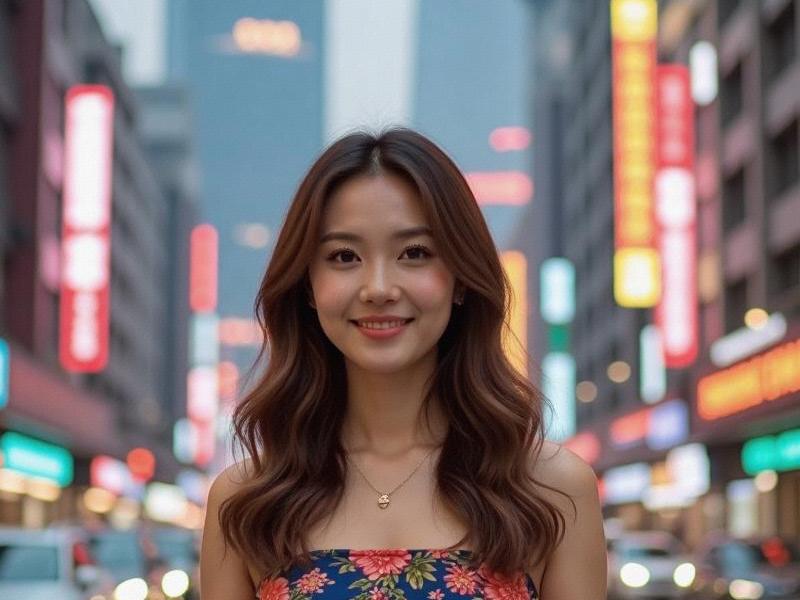This 2,200-word cultural investigation examines how Shanghai's unique history and global connections have shaped distinctive local beauty standards and feminine identities across generations.

Section 1: Historical Foundations
1. The Jazz Age Originals (1920s-1940s)
- "Modern Girls" of Republican-era Shanghai
- Qipao evolution as sartorial statement
- Haipai (海派) culture's lasting influence
2. Socialist Transition (1950s-1970s)
- Mao suits and gender-neutral aesthetics
- Beauty as political statement
- Underground preservation of grooming traditions
Section 2: Contemporary Manifestations
上海夜生活论坛
- Fashion Frontier
- Nanjing Road as runway
- Local designers reinterpreting tradition
- The "xiaozi" (小资) lifestyle aesthetic
- Beauty Industry
- Skincare obsession and "glass skin" ideal
- Cosmetic surgery trends vs. natural beauty
- Luxury brand consumption patterns
Section 3: Cultural Paradoxes
上海品茶网
1. Global vs. Local
- Western influences in beauty standards
- Resurgence of traditional elements
- K-beauty adaptation with Chinese characteristics
2. Professional vs. Feminine
- Corporate power dressing
- Workplace beauty expectations
- Entrepreneurial beauty influencers
Section 4: Generational Shifts
上海品茶论坛
- Millennial Priorities
- Casual chic replacing formal elegance
- Sustainable beauty movements
- Gender fluidity in fashion
- Digital Transformation
- Douyin beauty tutorials
- Virtual idol phenomenon
- AI-powered makeup apps
Conclusion: The Shanghai Aesthetic
Shanghai women continue to redefine feminine ideals through their unique ability to synthesize international trends with local sensibilities, creating beauty standards that reflect the city's position as China's global crossroads.